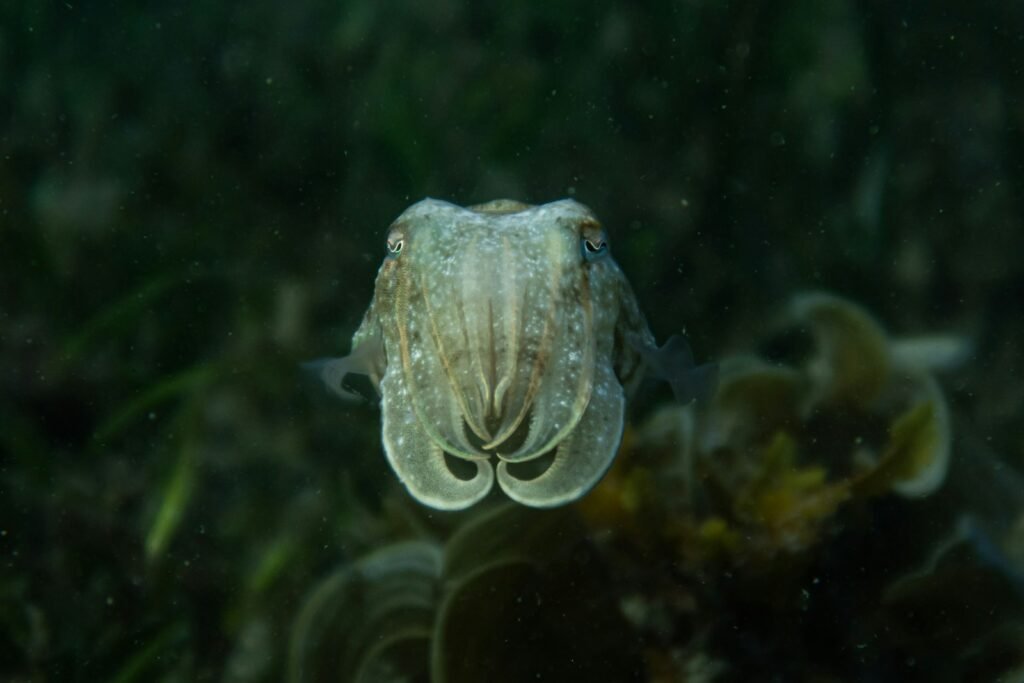In clear, shallow water, a cuttlefish can seem to dissolve into sand and shadow – then reappear like a plot twist. The paradox that drives researchers is simple and maddening: these animals match their surroundings with uncanny precision, yet their eyes are mostly insensitive to color. How does a creature that can’t see the rainbow paint it on its skin in seconds? The puzzle has sparked decades of experiments, from old-school aquarium observations to today’s high-speed imaging and polarized light tests. What’s emerging is a story where physics, neurobiology, and behavior interlock like gears, and the strange W-shaped pupil sits right at the center.
The Hidden Clues
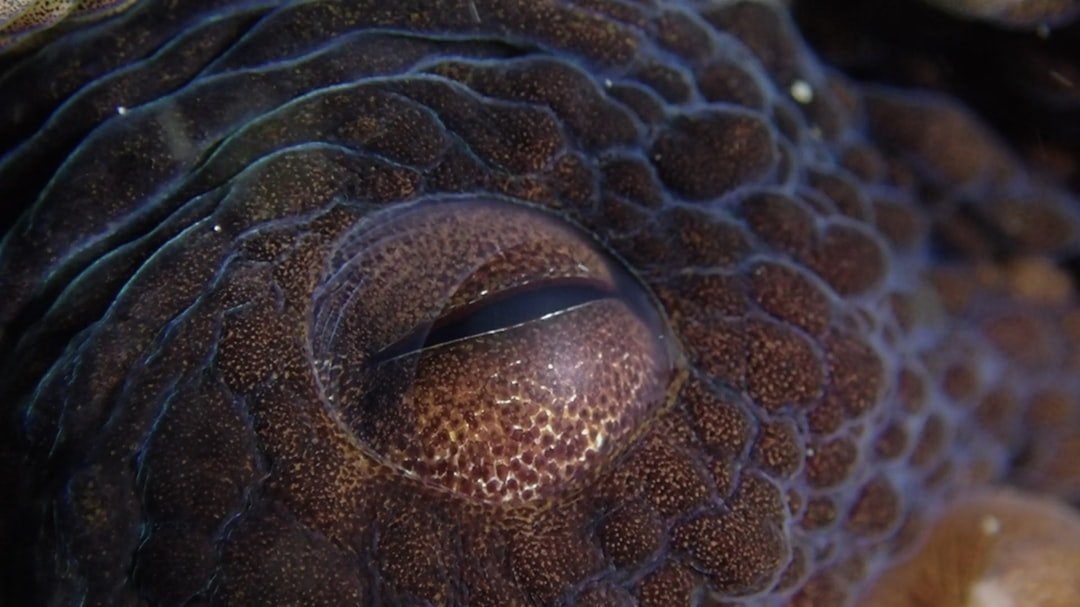
Here’s the hook: when a cuttlefish stares at you, its pupil looks like a jagged, inky W – as if nature drew a waveform across the eye. That shape isn’t decoration; it’s an optical solution to a watery world where light scatters and color fades fast with depth. The W funnels light from different angles and intensities, helping the animal balance the bright downwelling from the surface with the gloom around rocks and grass. It’s a way to keep the scene legible when underwater glare would otherwise wash the world out. I once watched a cuttlefish settle under a pier and tilt just enough that the W sliced the glinting surface light like shutters.
Researchers suspect the shape also helps preserve information that’s more reliable underwater than hue: edges, contrast, and polarization. Those clues are the scaffolding the brain needs to sketch a convincing disguise. Rather than chasing color itself, the eye prioritizes the layout of light, letting the skin handle the rest. It’s an elegant division of labor that feels less like magic once you see the parts working.
Eyes Built for Water
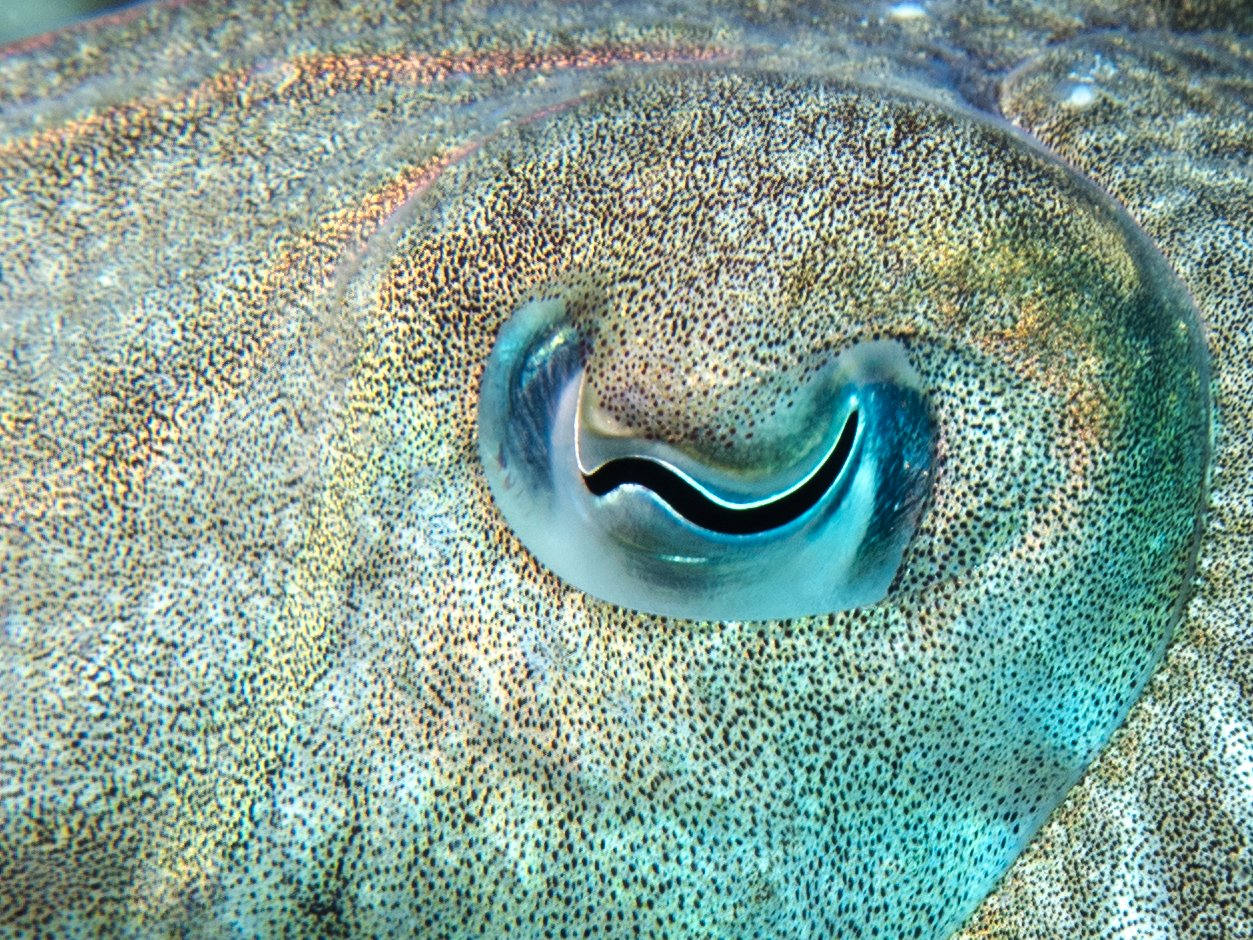
Cuttlefish have a single visual pigment tuned to blue‑green wavelengths, which means they’re largely colorblind in human terms. But their optics are anything but simple: the lens is stiff, the pupil can constrict into intricate shapes, and the retina is packed with photoreceptors that excel at luminance and motion detection. The W-shaped aperture, especially when partly closed, reduces spherical and chromatic blur in a way that sharpens contrast across the visual field. It also maintains a wide depth of focus, so objects at different distances remain acceptably sharp. Underwater, where distances shift with turbidity and microcurrents, that matters.
Another twist is polarization vision – the ability to detect the orientation of light waves. Reflections from scales, algae, and sand grains carry polarization signatures that human eyes ignore. Cuttlefish see those patterns, and the W pupil likely preserves them by limiting glare and channeling angles of light. In murky coves and seagrass beds, polarization becomes a stealthy map of the scene, invisible to most eyes but bright as neon in theirs.
Skin, Switched Like a Screen
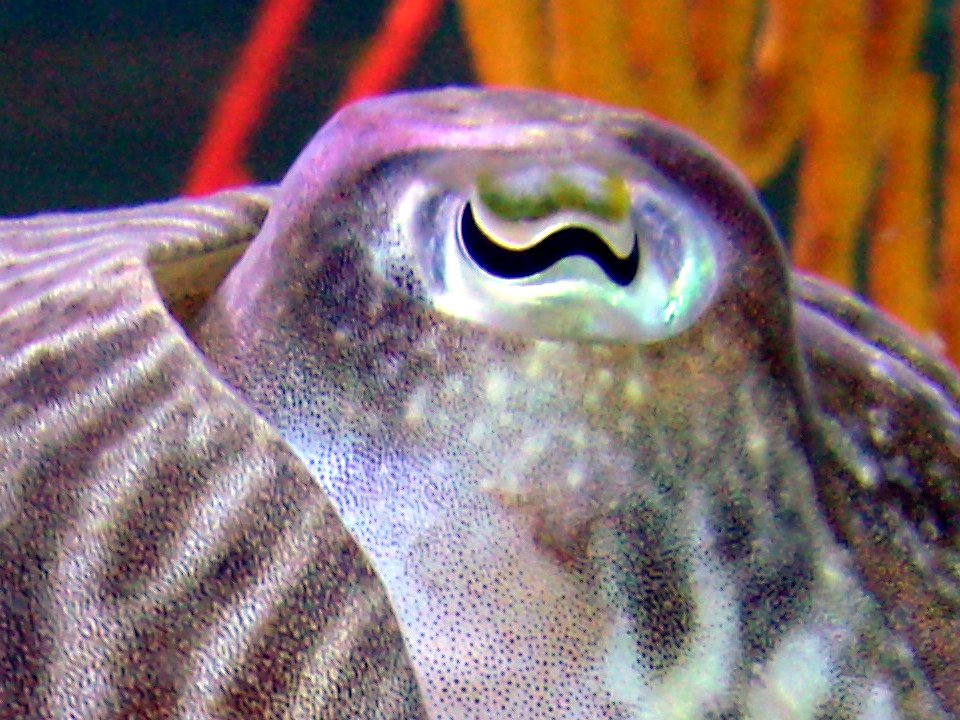
While the eyes gather structure from light, the skin does the storytelling. Millions of tiny chromatophores – pigment sacs ringed by muscles – expand and contract to lay down browns, reds, and yellows in milliseconds. Below them, iridophores add shimmering, angle‑dependent reflectance, and leucophores provide a diffuse, chalky white that acts like primer. Neural circuits reach directly from brain to skin, skipping slow hormonal routes and enabling frame‑by‑frame updates more like a display than a paint job. A startled cuttlefish can jump from mottled pebbles to rippled sand patterns faster than you can blink.
Patterns fall into a few core templates: uniform, mottle, and disruptive. Each is a recipe for breaking outlines, smoothing contrast, or copying the background’s spatial frequencies. It’s not that the animal knows there’s a green seaweed and a tan shell; it knows the scene’s brightness and texture are coarse in one direction and fine in another, then stamps those statistics onto itself. The result fools both predators and prey that rely on the same cues.
The Puzzle of Colorblind Camouflage
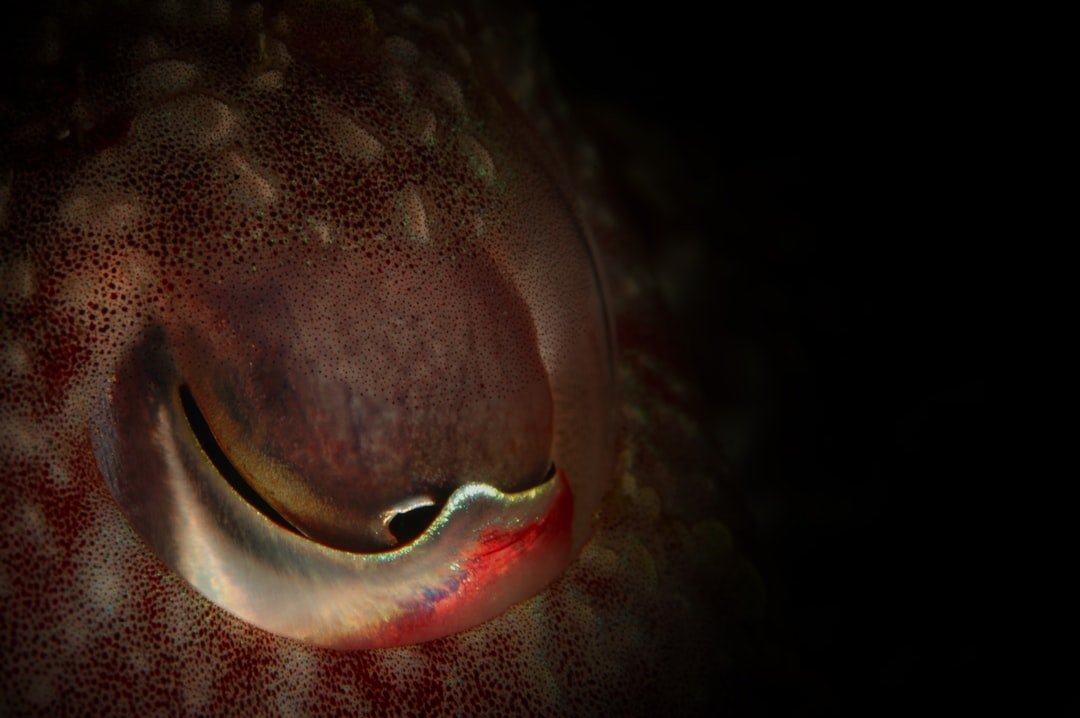
So how do they make accurate color matches without true color vision? One strategy is to ignore hue and nail luminance: match how bright or dark an area is, and the disguise works for many viewers. Another is to read the background’s spatial frequency – how busy or smooth the texture is – and reproduce that fingerprint. There’s also a provocative hypothesis that cuttlefish may infer color indirectly through chromatic aberration, the way different wavelengths focus at slightly different distances in a lens. By adjusting focus and reading sharpness changes through their off‑axis pupil, they might glean hints of color from blur, even with a single pigment.
Yet, even without that trick, polarization cues, edge detection, and brightness differences get them most of the way there. Predators underwater are often motion and contrast specialists; beat those systems and you live to hunt again. In practice, the disguise is convincing to fish and crabs that matter, which is the only audience a cuttlefish needs to impress. What feels like a paradox to us may simply be good engineering for the ocean’s dim palette.
From Ancient Tools to Modern Science
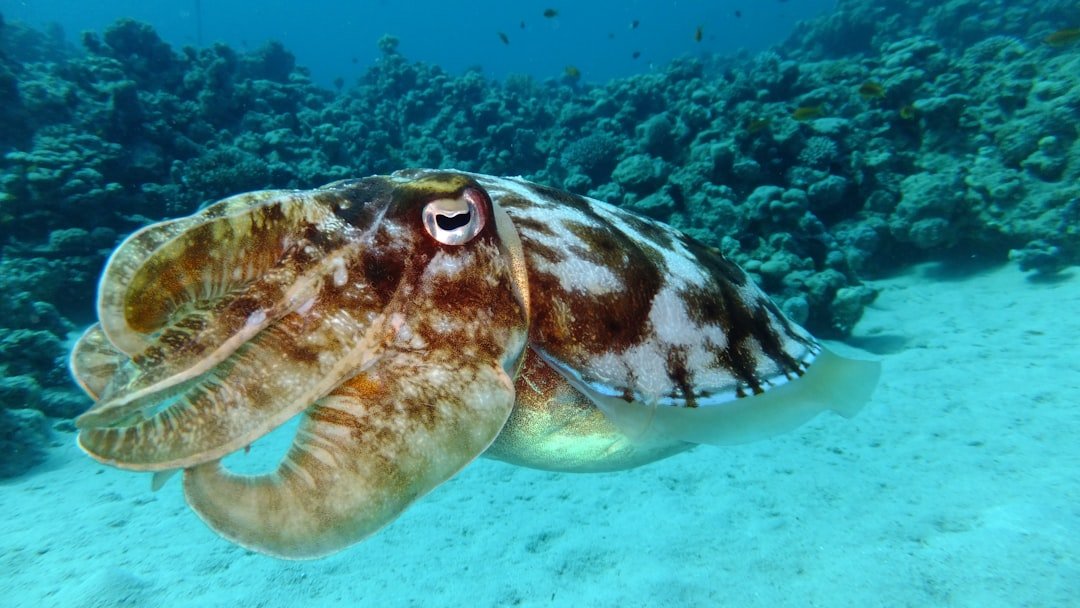
Early naturalists marveled at cephalopod color change with notebooks and patience; today’s labs add high‑speed cameras, hyperspectral lights, and polarization filters. Researchers place cuttlefish on carefully patterned arenas – checkerboards, faux seagrass, and 3D‑printed rubble – then measure how fast and how precisely patterns appear. Eye‑tracking rigs and underwater optics let teams test how pupil shape shifts across lighting angles and turbidity. Computational models now compare what a fish predator likely sees against what human cameras record, closing the gap between our vision and theirs.
Field experiments complement the tanks. Divers document animals on natural substrates, logging current speed, sun angle, and background complexity. The results show a flexible system: the same individual will pick different strategies a few meters apart, depending on shadow lines and grain size. That adaptability hints at simple rules sitting on top of a complex body plan – exactly the kind of recipe engineers love to borrow.
Why It Matters
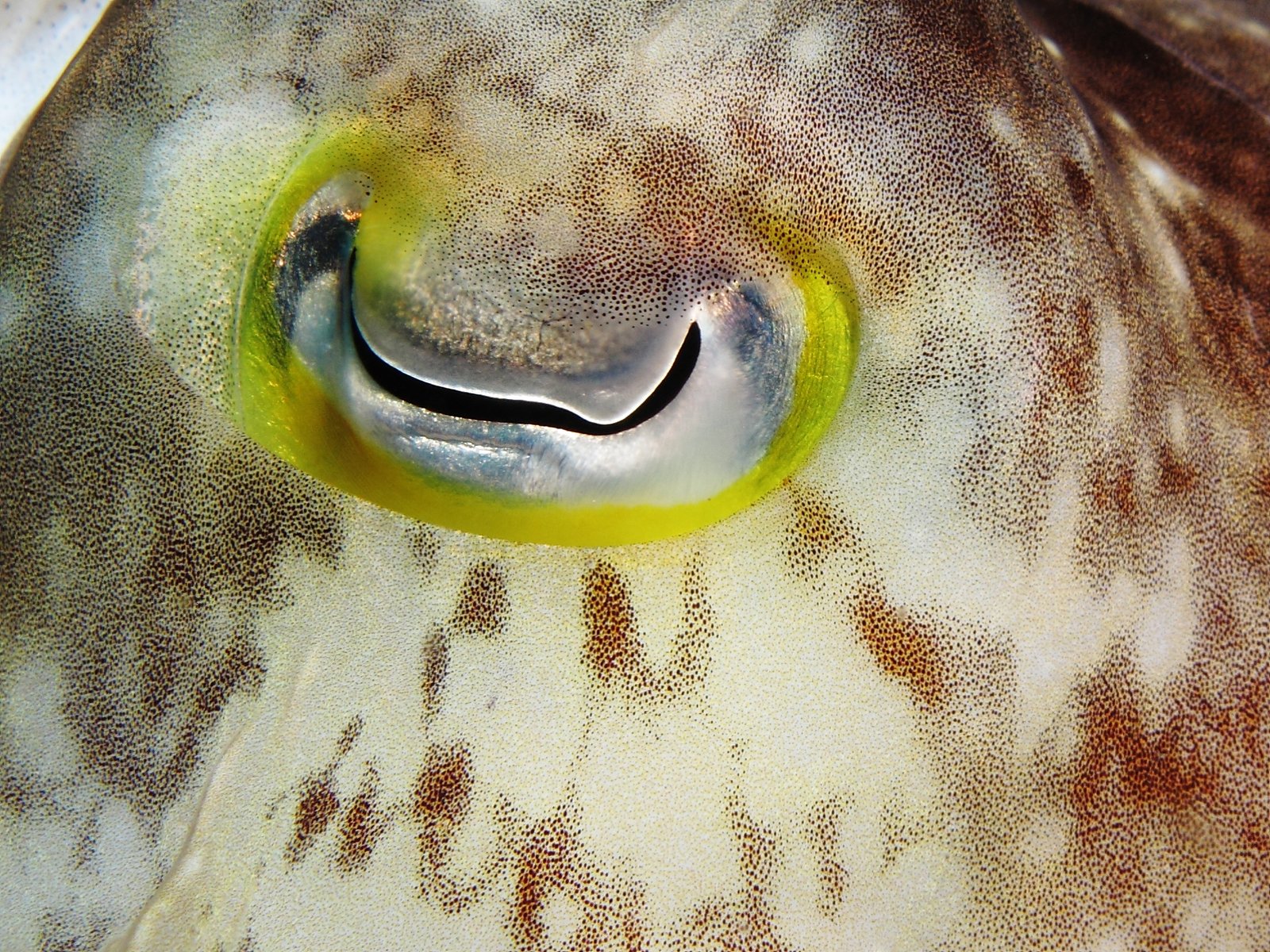
Beyond the wonder factor, cuttlefish vision challenges our assumptions about what’s necessary to solve hard perception problems. Computers struggle to color‑correct or segment objects in poor light; these animals do it with sparse color information and a premium on contrast and pattern statistics. That suggests new algorithms for robotics and autonomous vehicles operating in fog, smoke, or murky water: prioritize edges, polarization, and texture over hue. Military and conservation applications converge here too – better passive sensing for search‑and‑rescue, and smarter nonreflective materials that blend without broadcasting light pollution.
There’s a neuroscience dividend as well. The direct brain‑to‑skin wiring showcases a control architecture where perception and action fuse at high speed, offering a living model for closed‑loop systems. And the W-shaped pupil is a reminder that aperture geometry can encode task priorities; camera makers exploring variable shapes and polarization‑preserving optics are already taking notes. When biology solves a problem with fewer parts, engineers should pay attention.
Global Perspectives
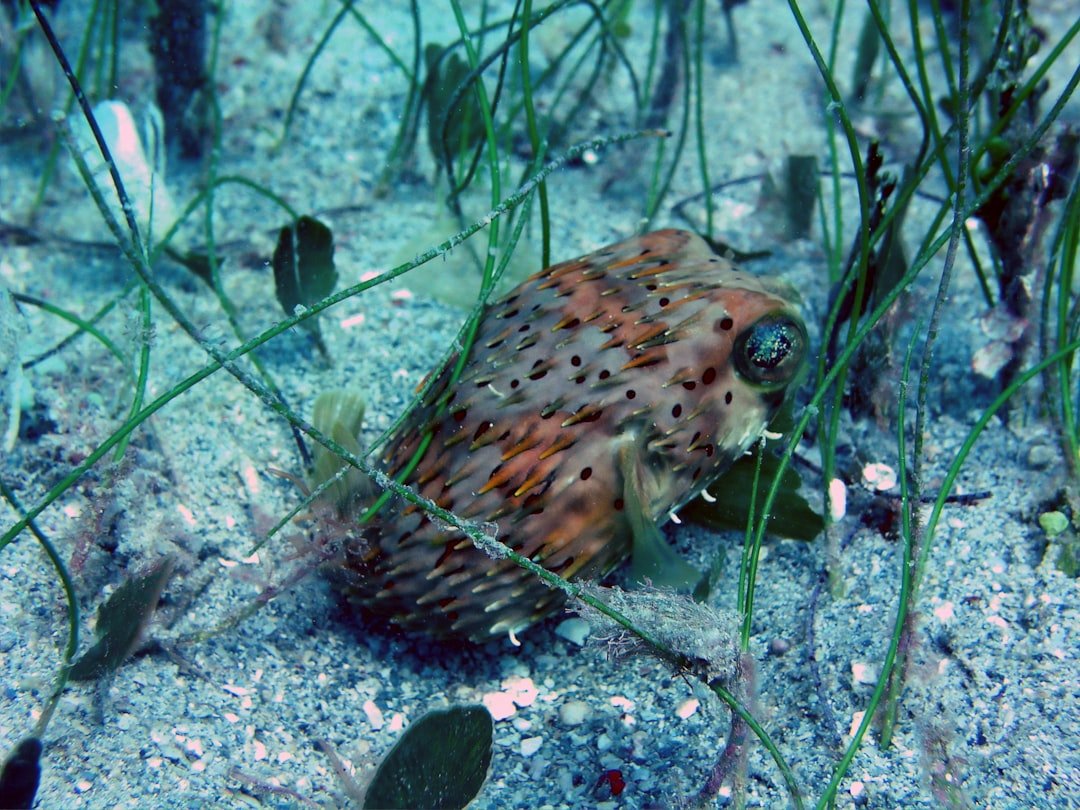
Cuttlefish species span temperate shelves and tropical shallows, from the Atlantic’s Sepia officinalis to Indo‑Pacific giants and pygmy specialists. Their camouflage ecology shifts with geography: bright coral flats demand a different playbook than kelp forests, and turbid estuaries change the rules again. Fisheries interact with this story, because seasonal spawning aggregations meet intense harvesting in some regions. Climate change and ocean acidification layer on pressures that alter seagrass cover, turbidity, and the color of light underwater – the raw inputs their vision relies upon.
Protecting habitats that maintain natural light fields can support both cuttlefish and the predators and prey around them. Marine reserves that protect seagrass meadows, rocky reefs, and sandy mosaics preserve the visual complexity these animals exploit. As water quality declines, the visual world flattens; fewer textures mean fewer options to hide. Keeping coasts clear isn’t just about chemistry – it’s about keeping the stage set for behaviors evolved over millions of years.
The Future Landscape
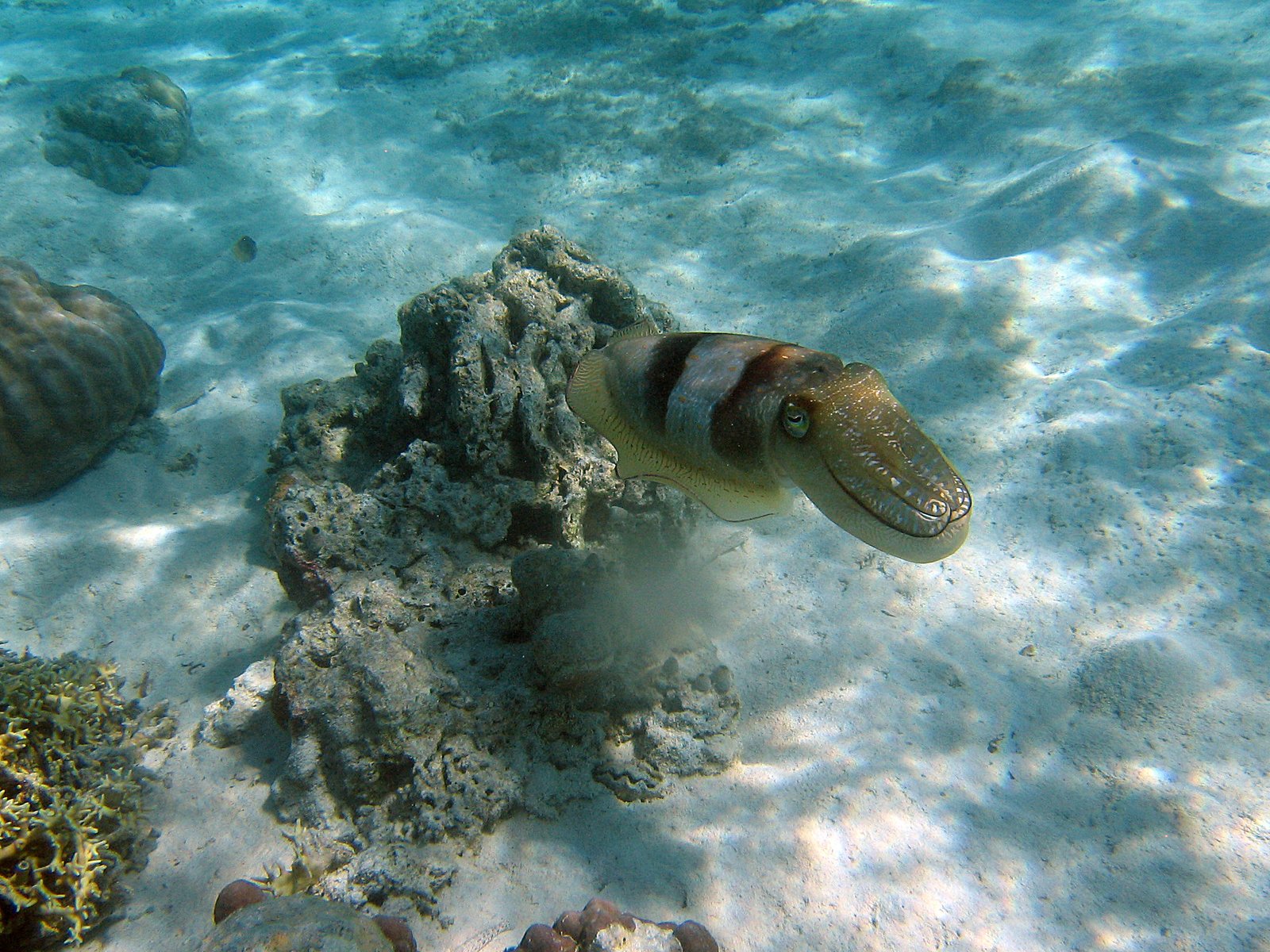
Next‑generation experiments are testing chromatic‑aberration hypotheses with tunable lenses, while neural recordings track how quickly the brain updates skin patterns after a scene change. Expect hybrid cameras that mimic the W pupil, combining polarization sensors with variable apertures to preserve contrast in glare. Soft robots modeled on cuttlefish mantles could change texture as well as color, using low‑power materials that switch reflectivity on command. In parallel, ethical guidelines are tightening around cephalopod research, pushing for enrichment, larger tanks, and minimal stress protocols.
Open questions remain: how much of camouflage choice is learned, how much is reflex, and how individual differences play out across a lifetime. As datasets grow, machine‑learning comparisons between lab and field behavior should clarify rules of thumb the animals use. The pay‑off could be practical – drones that see through haze – or philosophical, showing that perception need not be full‑color to be richly informative. Either way, the W keeps staring back, daring us to decode it.
Simple Ways to Help
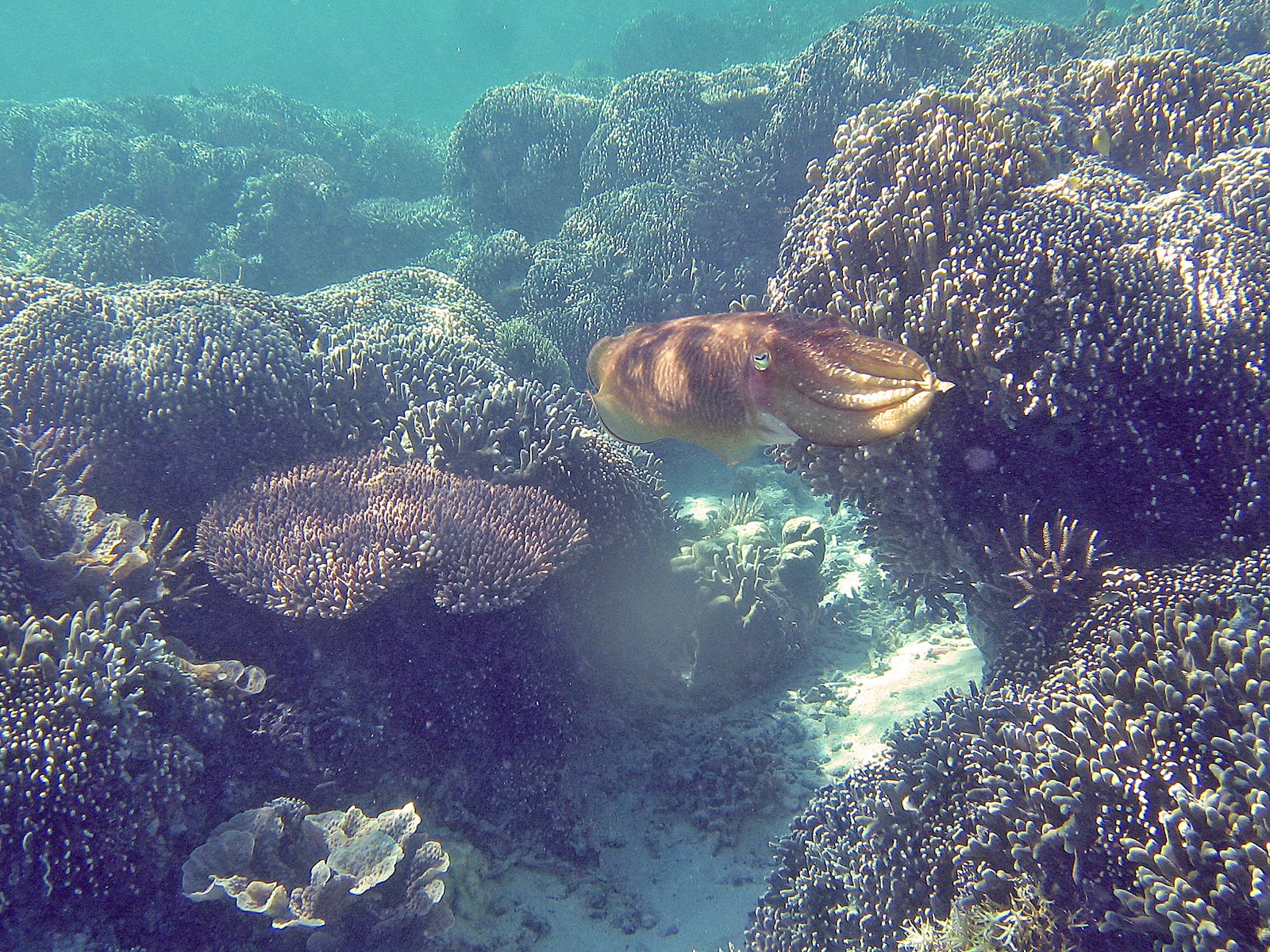
Start local: support coastal water‑quality projects that reduce runoff, because clearer, healthier shallows keep the visual environment intact. Visit aquariums that prioritize cephalopod welfare and education; your ticket helps fund research and better husbandry. If you fish or dive, log sightings and habitats with citizen‑science platforms to add real‑world data points on when and where cuttlefish thrive. Teachers can bring polarization experiments into classrooms with simple filters, turning an invisible property of light into a hands‑on discovery.
Consider donating to marine labs studying cephalopod behavior and vision, or volunteer for seagrass restoration events. And when you share cuttlefish videos online, add context about how colorblind camouflage works – the more people understand the trick, the more likely we are to protect the stage that makes it possible. Small actions, repeated broadly, can keep this underwater sleight of hand alive for the next generation to witness.
Sources: Proceedings of the National Academy of Sciences (2016) on chromatic aberration and cephalopod color discrimination; Journal of Experimental Biology research by Roger T. Hanlon and colleagues on dynamic camouflage and polarization vision.

Suhail Ahmed is a passionate digital professional and nature enthusiast with over 8 years of experience in content strategy, SEO, web development, and digital operations. Alongside his freelance journey, Suhail actively contributes to nature and wildlife platforms like Discover Wildlife, where he channels his curiosity for the planet into engaging, educational storytelling.
With a strong background in managing digital ecosystems — from ecommerce stores and WordPress websites to social media and automation — Suhail merges technical precision with creative insight. His content reflects a rare balance: SEO-friendly yet deeply human, data-informed yet emotionally resonant.
Driven by a love for discovery and storytelling, Suhail believes in using digital platforms to amplify causes that matter — especially those protecting Earth’s biodiversity and inspiring sustainable living. Whether he’s managing online projects or crafting wildlife content, his goal remains the same: to inform, inspire, and leave a positive digital footprint.

